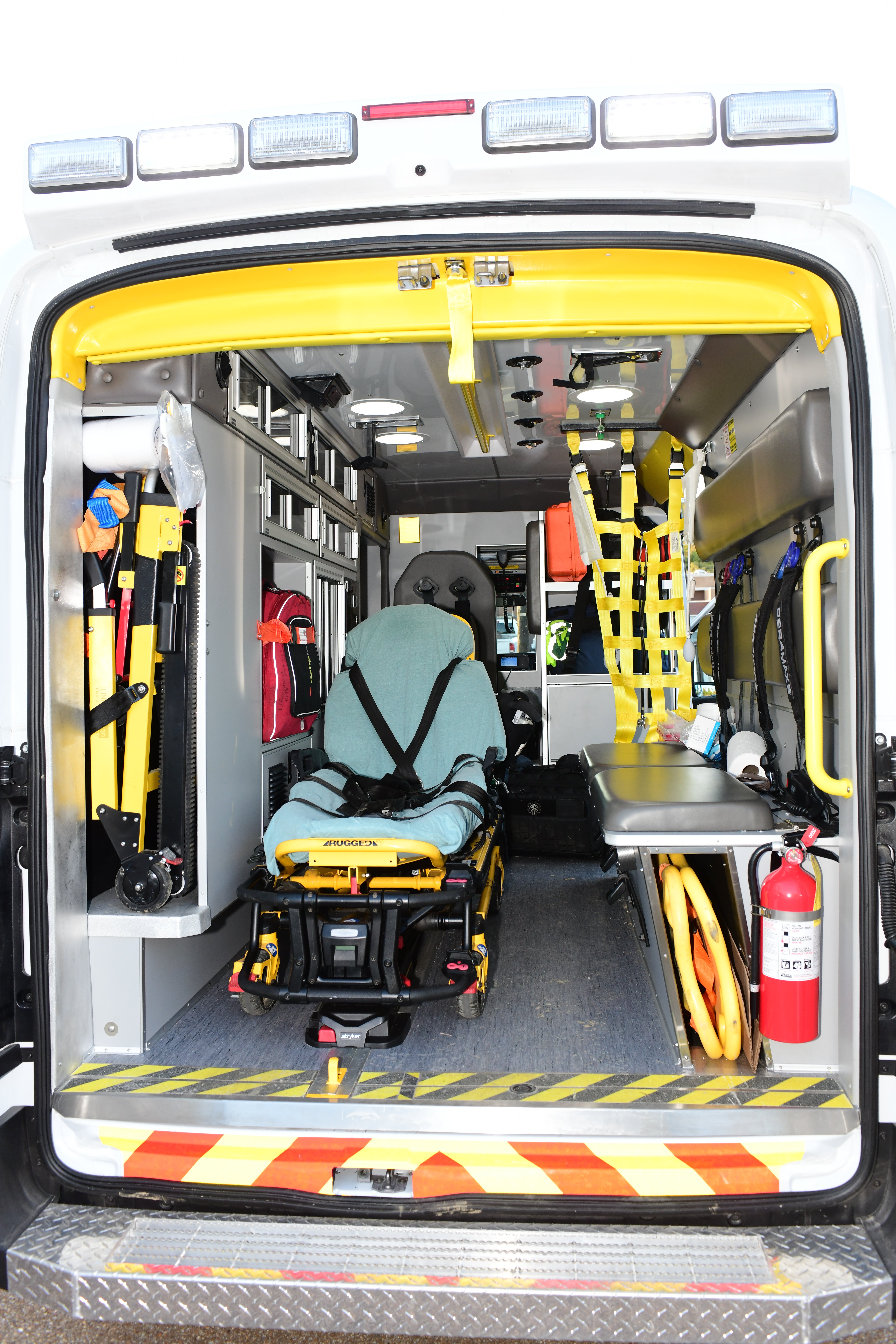Lifeguard has new ambulances for Panola
Published 8:55 am Wednesday, October 28, 2020

Paramedic Becky Lucius and EMT Bailey Smith, emergency responders for Lifeguard Ambulance Service, with one of three new 2020 Ford Transits that are now in use in Panola County. The newer, more comfortable ambulances are also better equipped with emergency medical supplies for paramedics and EMTs. (Joey Brent)
By Carrie Stambaugh
The county’s ambulance service just got upgraded.
LifeGuard, the private company that provides ambulance service in Panola County, rolled out its three new ambulances earlier this month. The 2020 Ford Transits replace three 2017 Chevy ambulances, which were beginning to experience some mechanical problems.
“We are excited about them,” said Chief Gayle Jernstrom, Lifeguard’s operations manager in Batesville. “The new ambulances have a new look to them, it is pretty nice to see them around town, they look pretty good. We were ready for the upgrades. It was a nice change.”
Jernstrom said the service has also added some new equipment to the ambulances including new IV warmer bags, which are helpful for patients experiencing hypothermia and trauma. In addition, the service has new stair chairs that allow emergency responders to more easily get patients in and out of homes with steps.
The service employs 27 employees in Panola County and operates three trucks 24-hours a day, seven days a week, an additional truck runs for 12 hours, each day also.
Each is staffed with a paramedic and EMT who work 48-hour shifts. Jernstrom, also a paramedic, drives a “chase vehicle” and can respond to calls if needed, too. She said the service averages 15 calls per day ranging from “real bad trauma calls to blood pressure checks.”
Lifeguard has had to make changes in wake of Covid-19. In addition to employees all wearing masks and personal protective gear, patients are also required to wear masks in ambulances. Now more than seven months into the pandemic, she sees reason to be hopeful.
“We have learned a lot from it over the last few months. What we are seeing is it is being treated faster, they aren’t quite as sick or they seem to get over it faster.”
At the beginning of the pandemic, the ambulance service saw “a lot of patients that were intubated in the hospital and were being transferred,” to larger hospitals in other parts of the state or outside the state, she said, noting “We’re not seeing that as much.”






